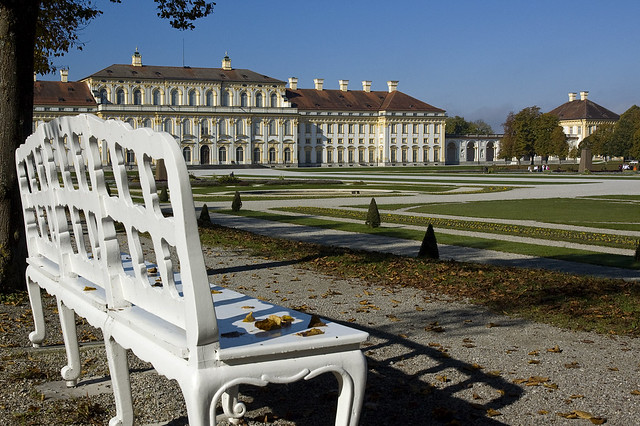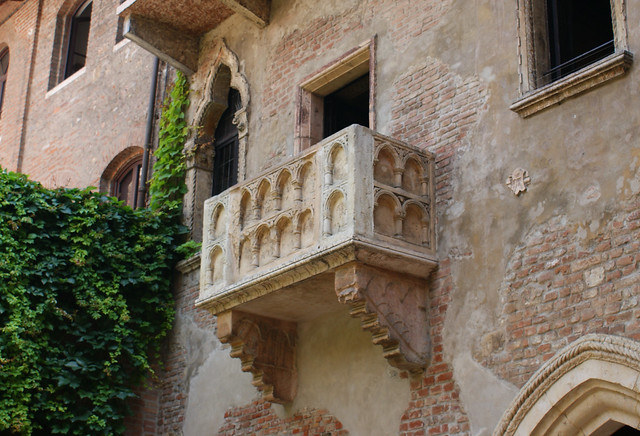Luck is a fickle thing, and there are many sayings about it in English – from “lady luck smiling” to “fortune favours the bold”. If you’ve always wanted to change your fortune, you should know that there are statues and stones located around Europe that you can interact with to have luck ‘rub-off’ on you. If you’re planning a trip in the near future, here are some statues to consider visiting:
Lion Statues outside the Residenz, Munich, Germany
During the Nazi era in Germany, there were two brass lions located outside of the Bavarian monarch’s palace, the Residenz. After it became law that citizens had to salute the honour guard at the memorial of a site where 15 Nazis (and one waiter) were killed, many true Barvarians would salute, and then cross and touch one of the brass lion’s noses. The local’s disgust at having to salute Nazi’s was eased by this small symbol of defiance.
Now: People now associate the lions with luck, though should you wish for some, rub only one of the noses, as touching both cancels the luck out.
Blarney Stone - Cloch na Blarnan, Blarney Castle, Ireland
I’m sure many knew this one would be on the list, as it’s the most widely-known symbol of luck, and has had millions of visitors over the centuries, including silver-screen stars, politicians, and the literary minded. The catch is that you have to suspend yourself, upside down, and lean over a very large gap to smooch the well-weathered stone.
Why: It’s considered lucky to kiss the stone, as after, you’ll supposedly be blessed with eloquence, meaning you’ll never stand around tongue-tied again.
Gelucksbringer ring on Schöne Brunnen, Nürnberg, Germany
The Schöne Brunnen, also called the Beautiful Fountain, is a replica of the original that was created here in 1385. It is decorated with over forty figures from history, and has a beautiful golden sheen. Local lore says that the ring placed in the crown on the right side of the gate is the real ring of luck – it was added to the fountain in 1902. There are also two small brass rings embedded on the fence surrounding the fountain, which are often mistaken for the luck-bringing ring. As the tale goes, if you turn the ring three times, a wish that you make while standing there will come true.
Not the original: The rings have changed over the years, due to wear and tear, and were once changed to black ones.
St John of Nepomuk, Charles Bridge, Prague
The 8th statue along Charles Bridge, if you’re heading towards Prague castle, is of the martyred St John of Nepomuk who died by drowning – conflicting stories say it’s either because he refused to divulge the queen of Bohemia’s confessional secrets, or because he disagreed with King Wenceslaus over a law. Apart from being the oldest statue on the bridge, it is thought that rubbing the falling priest on the copper plaque on the right will bring luck and good fortune.
Keep an eye out: For the small golden cross on the bridge, found on the side heading to Old Town Square, which is supposed to have been where St John was thrown from the bridge. If you find it, touch it and make a wish, it will supposedly come true in a year and a day.
Juliet’s statue, Casa di Giulietta, Verona, Italy
The tragic tale of Romeo and Juliet is well known, though considered a creation of Shakespeare, but a small house in Verona claims the tale is true, and that their house was once the home of Capulet and his daughter. There is a small balcony overlooking the street (Juliet’s balcony) and in the garden, you’ll find a statue of Juliet, with only her lower half clothed. The wall outside the house is filled with the names of lovers, who believe that placing their names here will make their love everlasting.
Touch: The right breast of the Juliet statue, as it is supposed to bring good fortune to those who do. You’ll notice it’s quite worn down from the thousands of visitors who’ve done just that.
About the Author: Roseanna McBain is a writer for TravelGround.com, who has a passion for knowledge and exploration. If she’s not out with friends, you’ll find her out and about the country, discovering unique little towns, and beautiful landscapes to photograph.
Photos via Flickr Creative Commons
Photos via Flickr Creative Commons








No comments